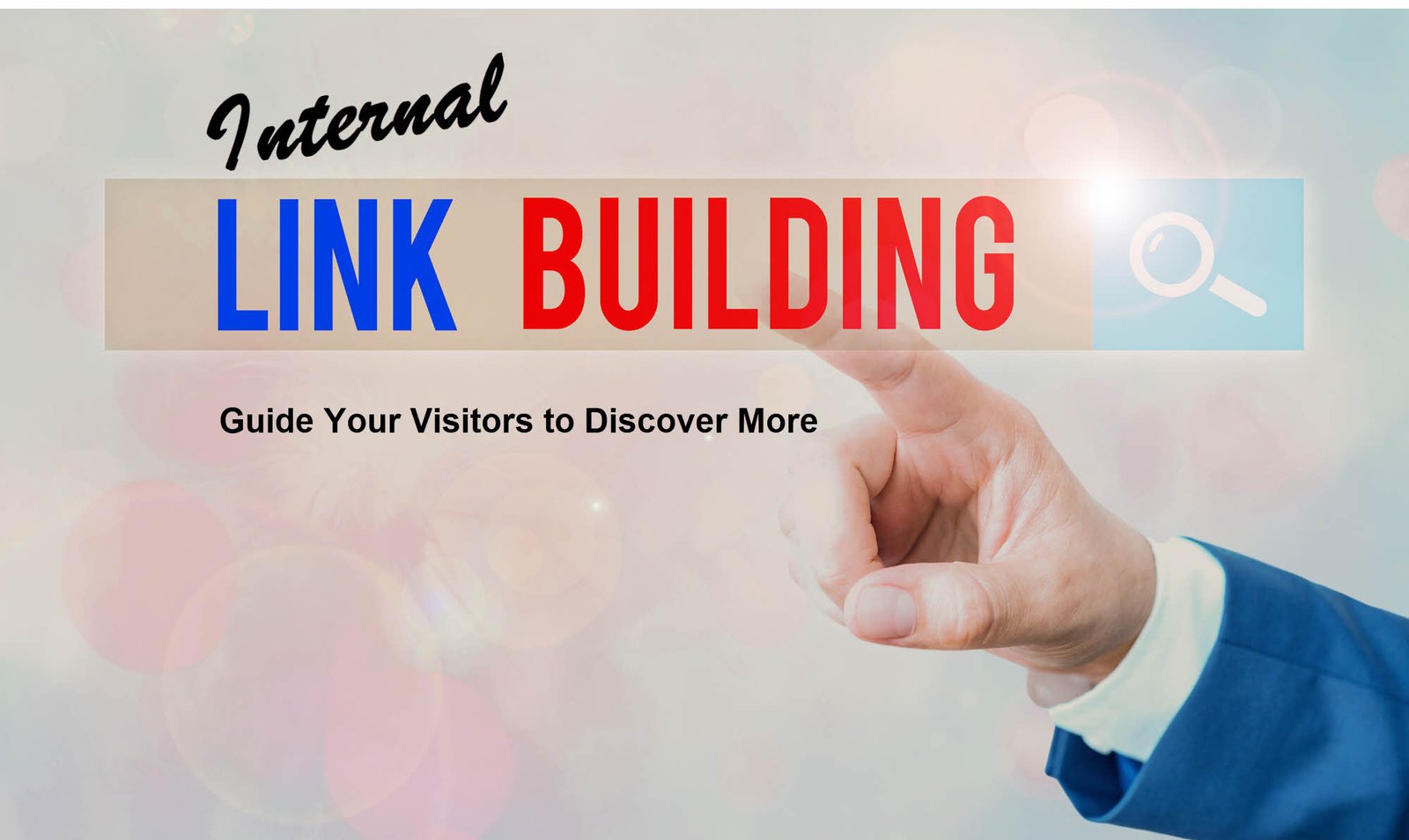Internal Linking
Link for Success: Enhance Navigation, Elevate Your SEO!

The Value Of Internal Linking
An Important On-Page/On-Site SEO Strategy
Internal linking is a powerful, often underestimated, SEO strategy that boosts website structure, user experience, and search engine visibility. Internal links are links within a website that connect one page to another. They help search engines understand a site’s hierarchy and structure, which allows for better indexing and improved rankings.
One of the main benefits of internal linking is enhanced navigation. By strategically linking related content, users are guided to more relevant pages, keeping them engaged and increasing the time spent on the site. For instance, a blog post about “Email Marketing Tips” could link to a related article on “Creating Effective Newsletters,” making it easier for users to explore further and find valuable, related content.
Enhanced Navigation Improves SEO
Internal linking improves a website by connecting related content, helping both users and search engines navigate and understand site structure. By guiding visitors through relevant pages, it boosts user engagement and keeps them on the site longer, which can reduce bounce rates.
For search engines, internal links distribute “link equity” across pages, enhancing their visibility and rankings.
Well-designed internal linking strengthens a site’s SEO, improves usability, and ensures content is easy to find and explore.
From an SEO perspective, internal links help distribute page authority or “link juice.” When a high-authority page links to another page within the site, it transfers some of that authority, boosting the linked page’s visibility. This is especially useful for newer or less visible pages, helping search engines understand their value in the context of the website.
Page Authority
Page Authority (PA) is a metric developed by Moz that predicts the likelihood of a specific webpage ranking well on search engine result pages (SERPs). It evaluates factors like link quantity and quality, content relevance, and overall SEO performance to score each page from 1 to 100. Higher scores indicate a better chance of ranking higher.
PA helps website owners assess the strength of individual pages and optimize them for improved visibility and search performance.
Internal linking helps to boost the page’s authority.
Additionally, internal links contribute to content hierarchy and site organization. Search engines like Google use internal links to understand which pages are more critical based on the number of links they receive. Well-placed links signal content priority and relevance, enhancing ranking for targeted keywords and phrases.
Content Hierarchy
Content hierarchy is the arrangement of information that guides readers from the most critical information to less essential details.
It allows readers to access information when they want to access it.
It organizes content using headings, subheadings, bullet points, and visuals to make it easy to scan and understand. This structure helps readers grasp the main ideas quickly before diving into finer points, creating a natural flow.
A good content hierarchy structure enhances user experience by helping readers find what they need without feeling overwhelmed.
In conclusion, internal linking is essential for:
- Guiding visitors
- Enhancing SEO
- Organizing content
A thoughtfully planned internal linking strategy improves user experience by helping visitors find what they need while increasing the chances of those pages ranking higher in search results.
Influential internal linking benefits users and search engines, creating a more robust and discoverable website.
A Global Reach

